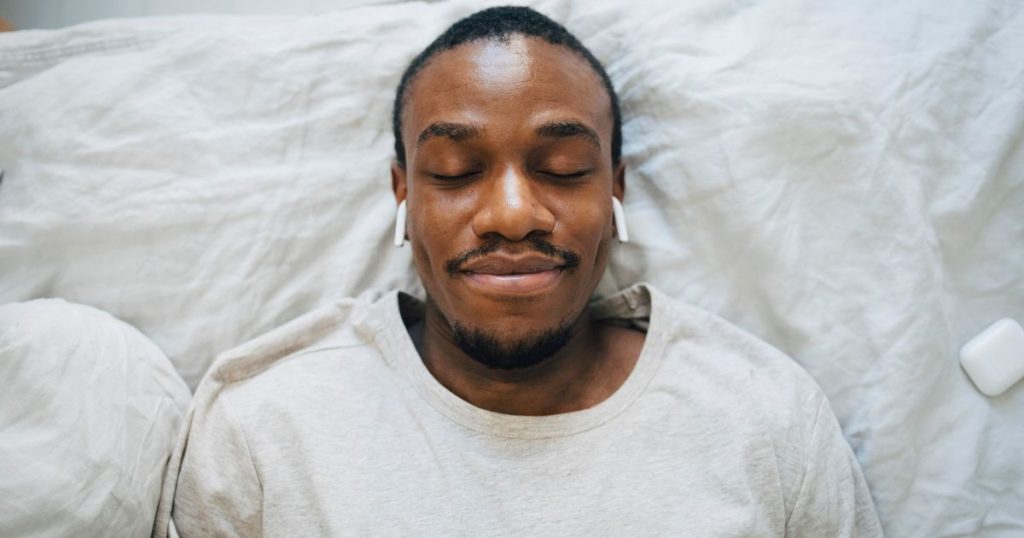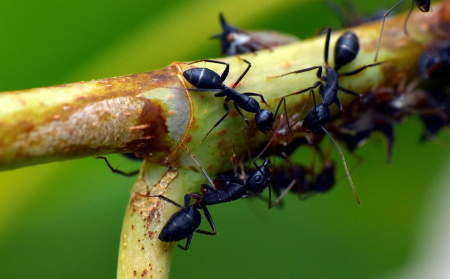You’ve probably heard of white noise before—whether you’ve used it to help you sleep, focus, or simply mask distracting sounds. But did you know there are other types of noise, each with its own unique characteristics and benefits? Recently, “green noise” has gained popularity on social media platforms like TikTok, with users swearing by its ability to improve sleep. Some even call it a “game changer” for achieving a restful night’s rest. But what exactly is green noise, and does it live up to the hype? Let’s dive into the details and explore the broader world of colored noises, their differences, and how they might impact your sleep.
Unlike white noise, which contains all sound frequencies across the spectrum in equal measure, green noise refers to a specific type of noise centered around a frequency of 500 Hz. According to Dr. Chris Winter, a neurologist and sleep specialist, green noise is often described as soft, natural sounds like ocean waves, waterfalls, or gentle river flows. These sounds are generally considered more calming and less harsh than white noise, which can sometimes feel overwhelming or artificial. Green noise falls into a category of noise known as “colored noise,” which also includes pink noise and brown noise, each with its own unique frequency profile and sound characteristics.
So, can green noise really help you sleep better? According to sleep experts like Dr. Sarah Silverman, a holistic sleep doctor, the answer is a bit nuanced. Green noise may help some people fall asleep faster, particularly if they struggle with sleep onset. “There’s limited data on green noise and sleep,” Silverman explains, “but there is some evidence that it may help improve sleep onset rather than sleep maintenance.” In other words, green noise might make it easier to drift off to sleep, but it may not necessarily keep you asleep throughout the night. Kristen Casey, a clinical psychologist and insomnia specialist, adds that green noise is often used at the beginning of the sleep cycle and suggests setting a timer to turn it off after a certain period. “Noise can become disruptive if it continues all night,” she warns. However, everyone is different, and some people may find that keeping green noise playing throughout the night helps them stay asleep more consistently.
One of the key things to understand about colored noise is that each “color” serves a different purpose and offers a unique sound profile. White noise, for example, is composed of all frequencies at equal intensity and is often used to mask loud, jarring sounds like traffic or a snoring partner. Pink noise, which is deeper and more natural-sounding than white noise, is often recommended for sleep onset and can be found in sounds like rustling leaves or gentle wind. Brown noise, on the other hand, is even deeper and more rumbling, similar to the sound of thunder or intense ocean waves. According to Silverman, the choice of noise often comes down to personal preference and the specific sleep issue you’re trying to address. For instance, white noise might be more effective for someone living in a noisy area, while pink or green noise might be better for someone who struggles to fall asleep due to racing thoughts or stress.
If you’re curious about trying green noise or any other type of colored noise, there are a few things to keep in mind. First, there’s no harm in experimenting with green noise to see if it works for you. However, it’s not a magical solution that will guarantee a perfect night’s sleep for everyone. Silverman recommends using a white noise machine that offers multiple color options, so you can explore different sounds and frequencies to find what works best for you. Streaming services like Spotify and YouTube also offer free green noise options that you can try. When using noise for sleep, Casey advises paying attention to volume levels and setting a timer to avoid sudden changes in sound that might wake you up.
While green noise and other colored noises can be useful tools for improving sleep, they are just one piece of the puzzle. Prioritizing good sleep hygiene is essential for achieving restful and restorative rest. Casey emphasizes the importance of reducing stress before bed, as stress and anxiety can make it much harder to fall asleep. “The more relaxed we are, the safer we feel, and the easier we’ll fall asleep,” she says. This might involve practices like deep breathing, reducing electronic screen time before bed, or dimming the lights to signal to your body that it’s time to wind down. If you’re struggling with sleep despite trying these strategies, it may be worth seeking professional help to address any underlying issues, such as sleep apnea or anxiety.
At the end of the day, sleep is highly individual, and what works for one person may not work for another. Green noise might be the key to better sleep for some, but for others, it might not make much of a difference. The good news is that there are many tools and techniques available to help you improve your sleep, from colored noise to relaxation practices and sleep hygiene strategies. If you’re feeling overwhelmed or struggling to find what works for you, don’t hesitate to reach out to a healthcare professional for guidance. Remember, sleep is a critical component of your overall health, and taking the time to prioritize it can have a profound impact on both your mental and physical well-being.









